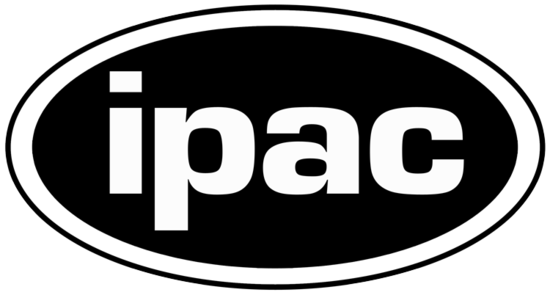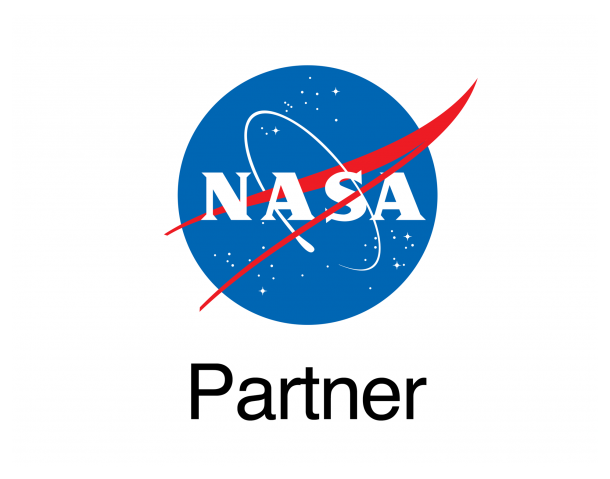Mars Corona

stsci_2024-028a September 5th, 2024
Credit: NASA, ESA, STScI, John T. Clarke (Boston University); Image Processing: Joseph DePasquale (STScI)
These are far-ultraviolet Hubble images of Mars near its farthest point from the Sun, called aphelion, on December 31, 2017 (top), and near its closest approach to the Sun, called perihelion, on December 19, 2016 (bottom). The atmosphere is clearly brighter and more extended when Mars is close to the Sun.
Reflected sunlight from Mars at these wavelengths shows scattering by atmospheric molecules and haze, while the polar ice caps and some surface features are also visible. Hubble and MAVEN showed that Martian atmospheric conditions change very quickly. When Mars is close to the Sun, water molecules rise very rapidly through the atmosphere, breaking apart and releasing atoms at high altitudes.
Provider: Space Telescope Science Institute
Image Source: https://hubblesite.org/contents/news-releases/2024/news-2024-028
Curator: STScI, Baltimore, MD, USA
Image Use Policy: http://stsci.edu/copyright/

- ID
- 2024-028a
- Subject Category
- A.1.2.2
- Subject Name
- Mars
- Credits
- NASA, ESA, STScI, John T. Clarke (Boston University); Image Processing: Joseph DePasquale (STScI)
- Release Date
- 2024-09-05
- Lightyears
- Redshift
- Reference Url
- https://hubblesite.org/contents/news-releases/2024/news-2024-028
- Type
- Observation
- Image Quality
- Good
- Distance Notes
- Facility
- Hubble
- Instrument
- ACS
- Color Assignment
- Orange
- Band
- Optical
- Bandpass
- Central Wavelength
- 115
- Start Time
- Integration Time
- Dataset ID
- Notes
- Coordinate Frame
- ICRS
- Equinox
- Reference Value
- 0, 0
- Reference Dimension
- Reference Pixel
- Scale
- Rotation
- Coordinate System Projection:
- Quality
- Position
- FITS Header
- Notes
- Creator (Curator)
- STScI
- URL
- http://stsci.edu
- Name
- Space Telescope Science Institute Office of Public Outreach
- outreach@stsci.edu
- Telephone
- 410-338-4444
- Address
- 3700 San Martin Drive
- City
- Baltimore
- State/Province
- MD
- Postal Code
- 21218
- Country
- USA
- Rights
- http://stsci.edu/copyright/
- Publisher
- STScI
- Publisher ID
- stsci
- Resource ID
- STSCI-H-p24028a-f-2476x3137.tif
- Resource URL
- https://mast.stsci.edu/api/latest/Download/file?uri=mast:OPO/product/STSCI_PR_2024-028/STSCI-H-p24028a-f-2476x3137.tif
- Related Resources
- Metadata Date
- 2024-10-09T15:30:27-04:00
- Metadata Version
- 1.2
Detailed color mapping information coming soon...








